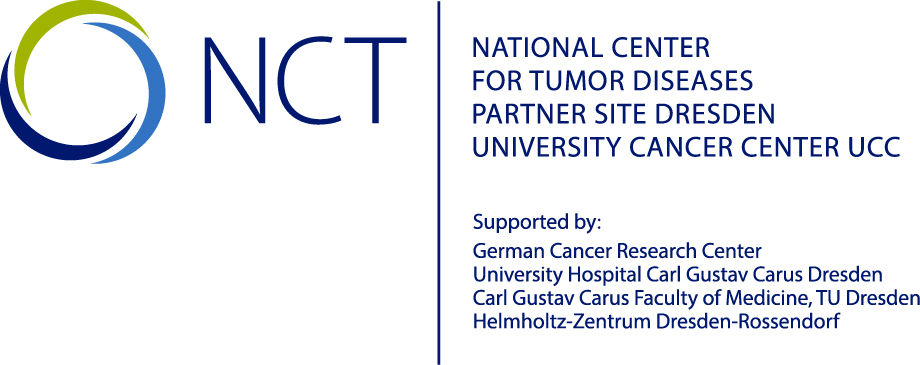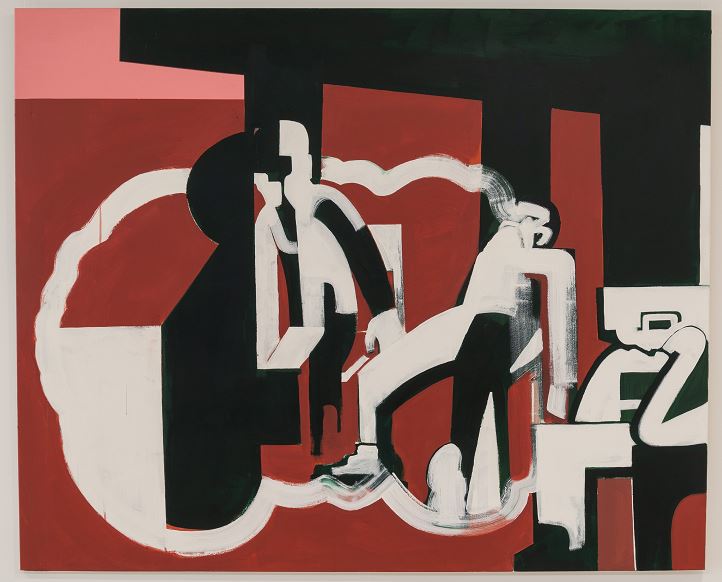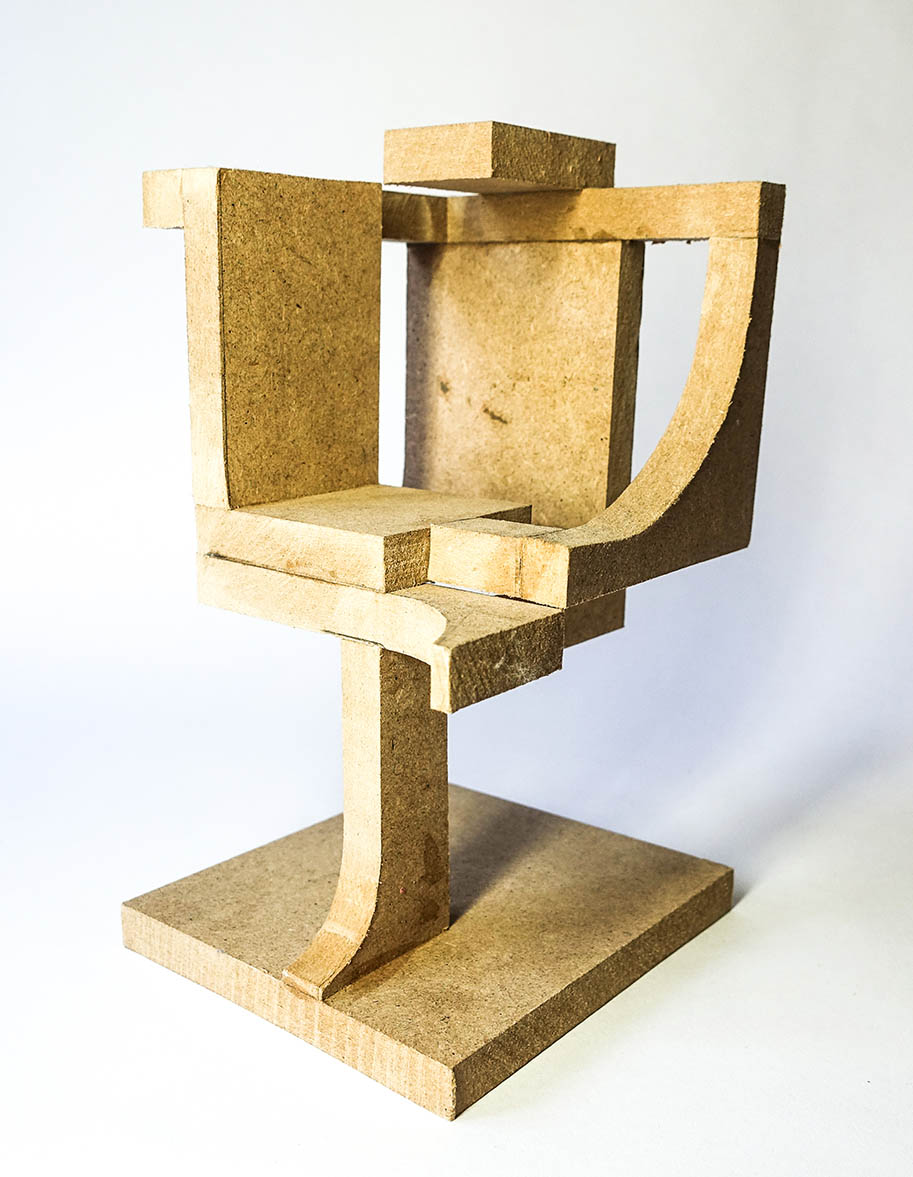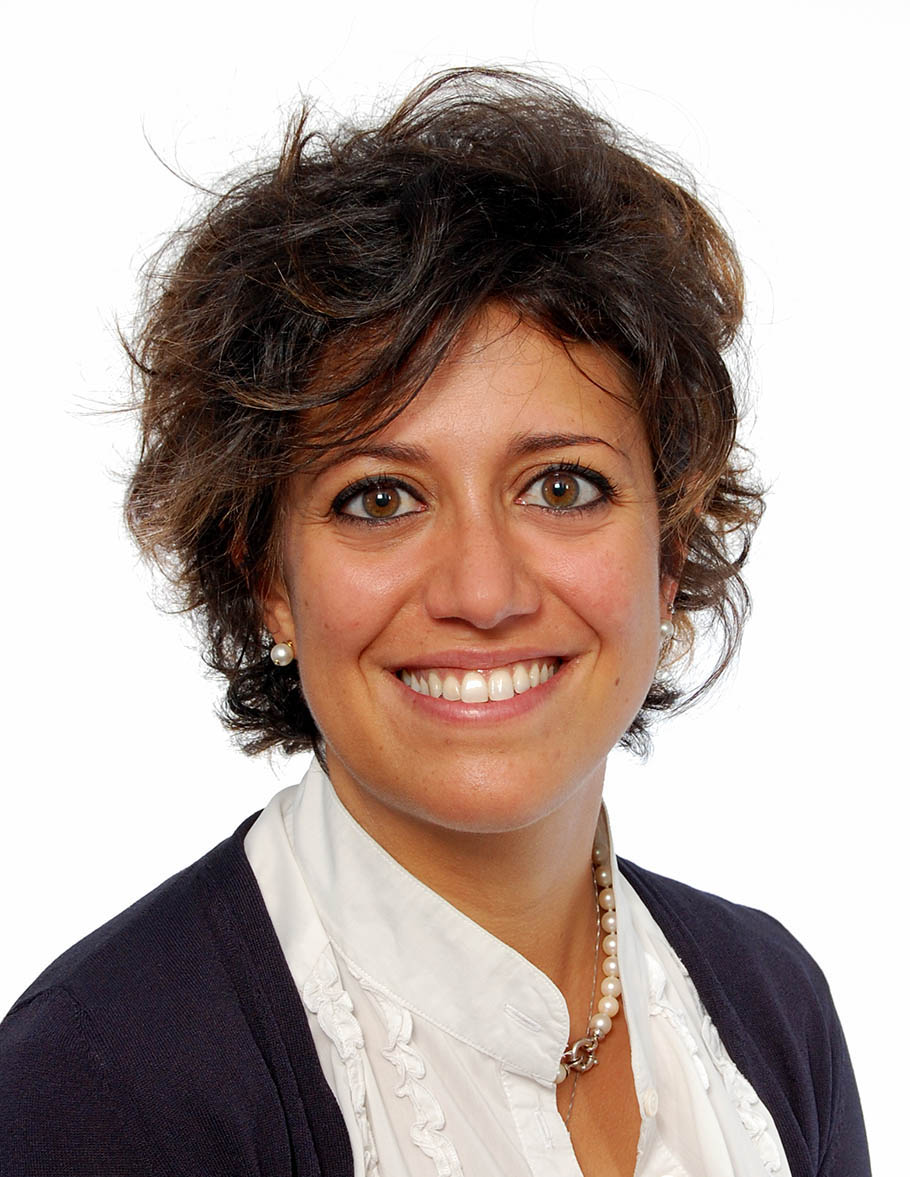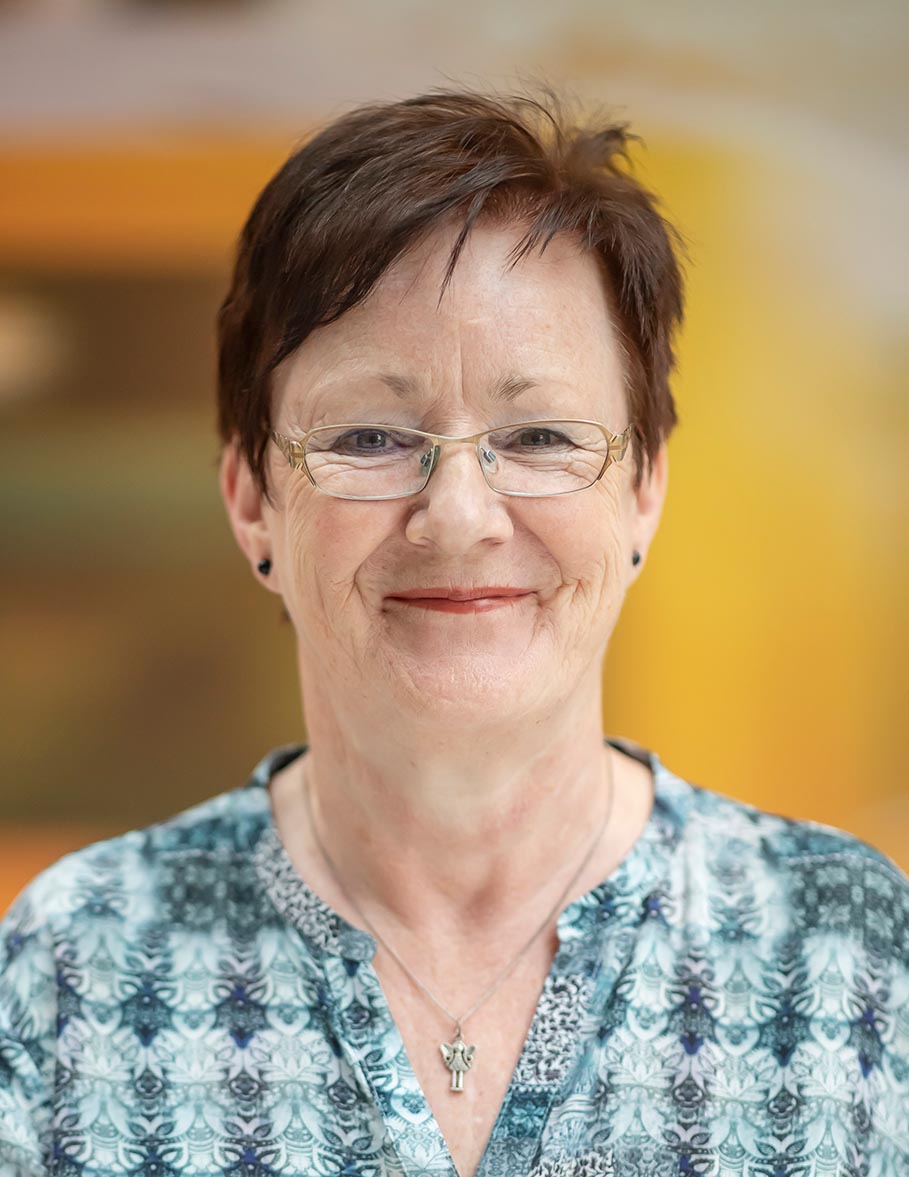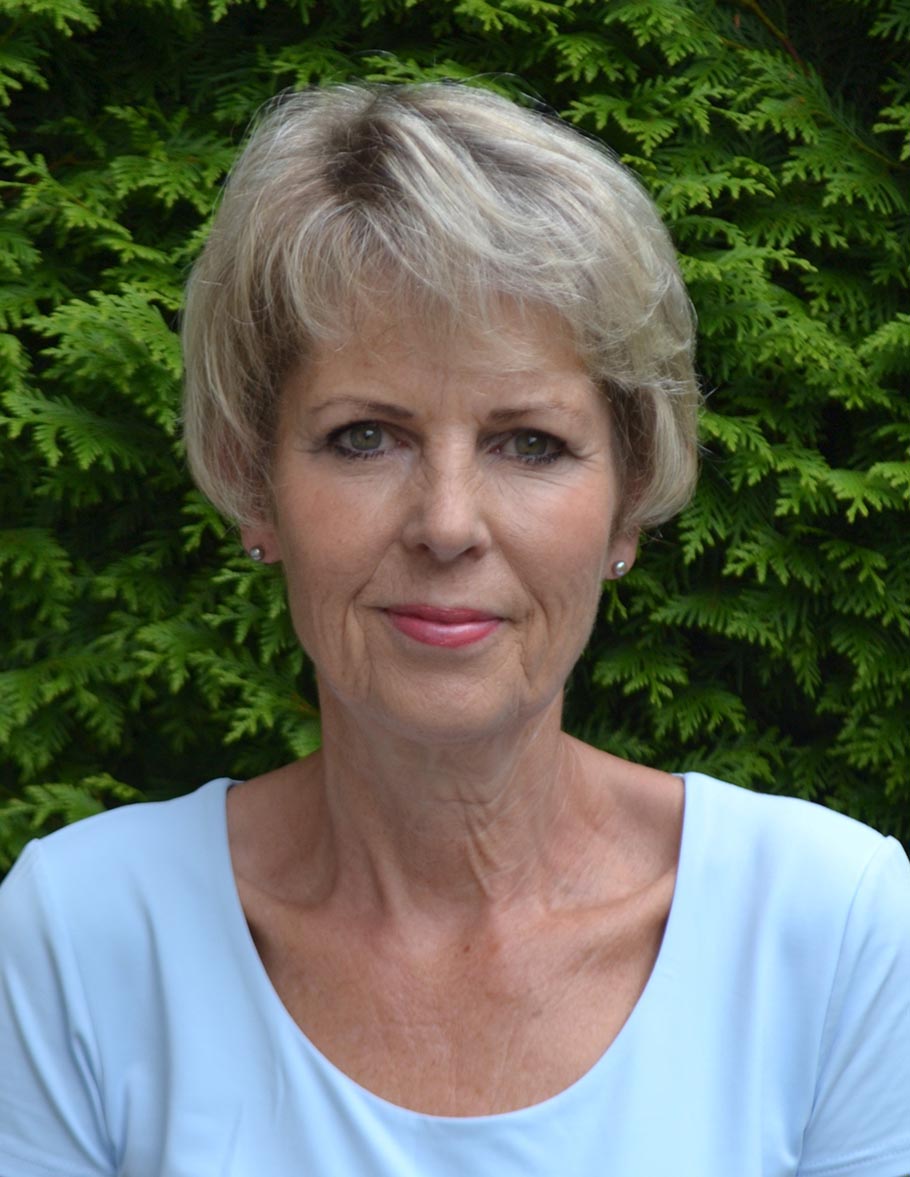Waiting requires patience, i.e. stamina, confidence that the longed-for event will occur or that a very specific message will finally be delivered. Waiting evokes annoyance, incomprehension, resignation, even hopelessness, if it is not possible to foresee when and whether this waiting, which has become strange to us in our organized and fast-moving world, will come to an end and thus ultimately also herald a new beginning. Waiting also means delays and setbacks, and it is no coincidence that the familiar phrase "disappointed expectations" can stand as a symbol for a loss of control.
Patience
Tillmann Ziola has intensively studied the patient representatives at the NCT/UCC, learned about their own medical histories, and dealt with the spatial situation on site.
Waiting areas crisscross the buildings, forming islands of isolation or collective holding out. Waiting takes on a new meaning for everyone when forecasts are experienced as a caesura for one's own temporality.
Ziola's large-format painting is dominated by a triad of green, white, and modulated red. Contouring surfaces make the visual content of a waiting situation visible. Through his abstract formal language, the moment of waiting out becomes universal. The outlines of a group of three people can be made out, but the painter refrains from individualizing the sitters. This creates a representative function of each individual waiting, who in their respective pose and posture reflect moments of impatience, contemplation or surrender to fate. For the young artist, precisely this aspect was central in his artistic approach to the subject of cancer medicine, when lack of knowledge, realization and waiting are identified as processual experiences of diagnosis and therapy as "intermediate moments" (Tillmann Ziola).
Over the illustration of the painted waiting room, the artist has placed a white grid whose contour shows the outline of a proton aperture for radiation therapy and captures the situation of waiting in the moment.
Tillmann Ziola (*1990 in Braunschweig, lives and works in Dresden) studied at the HfBK Dresden from 2014 to 2020 and graduated in painting with Prof. Ralf Kerbach, with whom he was also a master student until 2023. In 2018 he founded the publisher "Edition 502" with fellow artists and has been a member of the artist group "Fehlformat" since 2019. In 2023 he was nominated for the "Masterclass Preis 2023 für junge Kunst" of the auction house Ketterer.
Project partners:
Chiara Valentini – High precision radiation
Dept. of Radiation Oncology, University Hospital Dresden
In addition to classical radiation therapy with photons, proton therapy has been available in Dresden since 2014. In proton therapy, charged particles release most of their energy at the point in the tissue where they come to a stop. Depending on the position of a tumor, the particle energy can be selected so that almost only the tumor is damaged by radiation. This highly effective and gentle therapy is used in Dresden primarily for childhood tumors, tumors near the brain or spinal cord, the prostate, the head and neck area, and tumors that cannot be irradiated in any other way.
Karin Arndt, Ute Stahl – Patients contribute expertise
Patient Council, NCT/UCC Dresden
The NCT/UCC Patient Council actively brings the perspective of cancer patients into cancer research. This is because their experiences and expectations are an important precondition for being able to adequately assess risks, obstacles and consequences in the implementation of research projects. This increases the chance that research will ultimately really improve the lives of those affected. In addition, the Patient Council is available to patients as a neutral point of contact for a wide range of questions and problems, is involved in events and maintains contact with oncological support groups.

